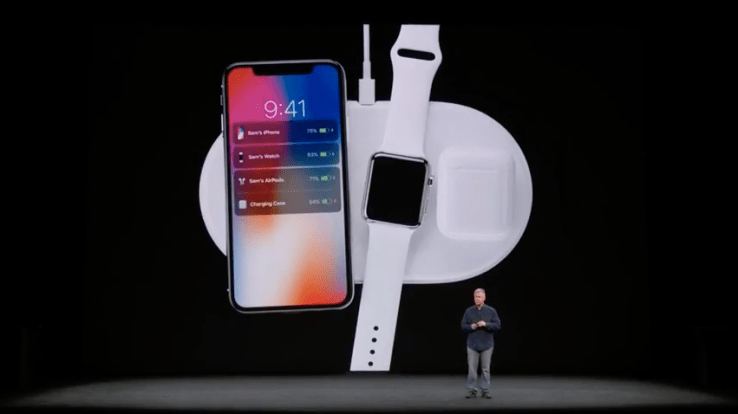A brief recent history of Apple’s product swerves

The perennial refrain of Android fans is that Apple is just adding stuff to iOS that they’ve had for years already in their mobile ecosystem. And it’s certainly true that Cupertino makes a point of waiting until it believes a technology is properly baked and the time is juuuuustright — or at least commercially judicious — to introduce a new product or capability, one which has likely already been in widespread use across the mobile platform aisle.
Hence the company is often charged with being an innovation laggard. While its senior execs are always fielding questions about why such and such a product or feature isn’t in Apple’s line-up yet.
The company’s strategy for, you could say, mismanaging expectation has seen it frequently swing from publicly rubbishing a device type or technology — to warmly embracing it a few years later. (Or, well, not, in the case of Flash.)
Steve Jobs was master of this dark marketing art. You don’t usually see his more mild-mannered replacement, Tim Cook, deploying the kind of extended public trashtalking that Jobs indulged, raging out at this or that rival tech as ludicrous, impossible to use and horribly designed. Before performing a complete U-turn down the line.
Cook mostly limits himself to getting a bit fired up about Android security and fragmentation during keynotes. But the current Apple CEO has still presided over some major swerves in its position on tech developments — from finally inflating the screen size of the iPhone, in 2014, to adding and (now) extending support for NFC, as well as introducing wireless charging in its newest iPhone 8/8 Plus and iPhone X models.
He was also at the helm when Apple outed a stylus for its iPad Pro line — braving the inexorable flak given Jobs’ very public loathing for such sticks (among many jabs at styli, Jobs left us this choice quote: “If you need a stylus you’ve already failed”).
The lesson here is that Apple has always said — and will always say — whatever it needs to in public as it bides its time, continues its analysis and waits until its target mainstream market will appreciate the utility of what it’s developing. As Jobs also used to say, the things Apple chooses not to do are as important to what it does include in the products.
And of course it does not always get this balancing act right. It was, after all, rather slow to increase smartphone screen size and move into the phablet space. Yet at the same time lots of iPhone users clearly liked the four-inch handset form factor, hence Apple subsequently re-introducing it, with the iPhone SE.
A more major misjudgment came in 2013 when it tried to offer a plastic-backed iPhone, aka the iPhone 5c. The market responded with a resounding: no thanks! — and the model was quietly discontinued. (Perhaps because offering a cheaper build material went against Apple’s grain of expanding the pool of technological innovations it offers users.)
But any statements the company makes that appear intended to rubbish rival innovations should be read as a placeholder signal which states: yes Apple is interested, yes Apple is looking, yes Apple is probably testing and prototyping; but no Apple, is not yet ready to take the plunge.
Apple did not make the first personal computer, nor the first tablet computer, nor the first smartphone. Measuring it against what comes first is — to paraphrase Jobs — a boneheaded way of looking at the company. Rather its energy is spun up and spent on doing the hard assessment work of figuring out how to make key technology innovations accessible and usable across the broadest audience. From toddlers to senior citizens.
And the mass consumer adoption of these technologies is the real innovative heart of Apple.
So when this refining modus operandi means the company has to publicly change course and contradict something it’s said before, its execs don’t even feel the need to break a sweat. Because this is the reality of the task they’ve set themselves — to guide consumers one more rung up the tech ladder.
That’s the kind of engineering business Apple is in.
[“Source-timesofindia”]